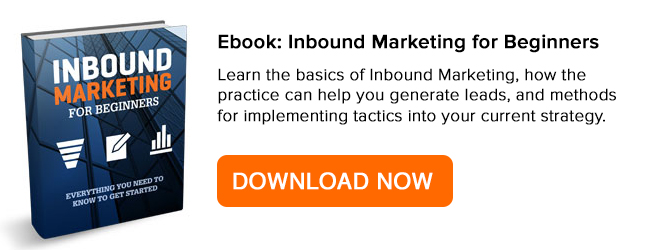What’s that you say? You don’t have a marketing plan? Oh, I see. It’s worse than that. You’re not even sure what a marketing plan is, much less how to implement one.
Well, that’s okay. We can help you with that. Before we get started, you need to answer a couple questions.
- Who is your target audience?
- How do they receive information?
Once you have these answers, you’re ready to start building your marketing plan. Remember as you move through the different components that flexibility is good. Making some changes to fit your particular products, corporate culture, and target audience is welcome.
Now, what the heck is a marketing plan? It starts like this:
1) Buyer Personas
Remember when you decided who your target audience is? That’s the first step in developing buyer personas. Unless you’re a niche company with a really, really small niche, you probably cater to several different types of buyers. These buyer types become personas.
To create these buyer personas, you must discover every aspect of their lives, from the money they make to the things they do for fun. While they might be a fictional character in your head, you must remember they represent very real customers with various psychographic dimensions. If your marketing materials don’t resonate with the buyers, you can’t succeed.
2) Content Calendars
Content is the most important aspect of your marketing plan. The words, images, and videos you choose to represent your company serve different purposes. The first, of course, is to inform. You want anyone who stumbles across content from your company to know immediately what your business is all about. That content must reach your buyer personas, which means you have to have the right tone, the right information, and the right timing.
Finally, that content is how you will be found on the Internet. As long as you’re working hard to meet the first two requirements, the third will fall right into place. If you’re just creating content to fill space with words, you’ll fail. No, seriously. Google will block your content and no one will ever see it.
3) Campaign Calendars
Another important piece of your marketing plan is your campaign calendar. The campaigns can be anything from a discount on your most popular items to an ebook about your products. In order to keep traffic flowing to your website, leads pouring into your sales funnel, and sales happening on a daily basis, you must keep up with your campaign calendar. When you let a month go by without some sort of offer, you’re letting potential sales slip through your fingers.
4) Social Media Strategy
Yes, absolutely, social media is an integral part of your marketing strategy. If you’re hopping onto Twitter once a week or posting to Facebook only when your latte art looks oh-mazing, you’re missing out on the true power of social media. Yes, there are “guidelines” out there that suggest how many times per day to post and where and when, but the real formula is to simply reach out every day with something new, exciting, fun, and informative.
You can schedule those posts if you’re afraid you won’t remember or won’t find the time to hit up the different accounts throughout the day. There’s nothing wrong with that. Just remember the point of social media is to be social. You’ll lose any edge you gain if you never respond to or interact with your customers.
5) Key Performance Indicators
None of these components to your marketing plan will do any good if you’re not keeping an eye on how they perform. Regular analysis will help you determine what’s working and what must be tweaked and changed. Delve deep into those numbers, use various filtering methods to see more granular results, and apply the knowledge you gain to future marketing efforts.
A rolling marketing plan is the best way to manage these various components. Develop a schedule to get started, create your content, campaign, and social media calendars and assign dates and times. Then verify your methods are working. If they’re not, or if you’re not seeing the numbers you really want, make some changes to the plan and just keep moving. Above all, don’t simply throw words at your blog or social media accounts. Plan them. Plan well, plan often, plan smart, and plan patiently.


